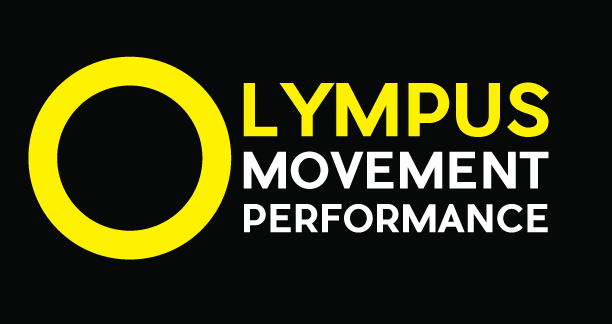The Power of Active Rest: Recovery Strategies After an Injury
5/06/2024
Dr. Jessica Robinson, PT, DPT
Injuries are a part of the journey for many athletes and fitness enthusiasts. Whether it's a sprain, strain, or something more serious, dealing with an injury can be frustrating and challenging. However, it's essential to recognize that recovery is a critical phase in the healing process. Active rest, a strategic approach to recovery that involves gentle movement and targeted exercises, can play a crucial role in facilitating rehabilitation and getting you back to your peak performance. In this blog, we'll explore the concept of active rest and how it can benefit individuals recovering from injuries.
Understanding Active Rest:
Active rest involves engaging in low-intensity physical activities that promote circulation, mobility, and healing without exacerbating the injury. Unlike complete rest, which may involve immobilization or avoidance of physical activity altogether, active rest encourages movement within the limits of comfort and safety. This approach recognizes the body's need for motion and stimulation to maintain function and expedite the healing process.
Benefits of Active Rest:
1. Improved Circulation: Gentle movement helps enhance blood flow to the injured area, delivering essential nutrients and oxygen for tissue repair and reducing inflammation.
2. Maintained Mobility: By engaging in controlled movements, you prevent stiffness and maintain joint flexibility, preventing secondary issues such as muscle atrophy or reduced range of motion.
3. Psychological Well-being: Staying active, even in a limited capacity, can boost mood and morale during the recovery period, reducing the frustration and anxiety often associated with being sidelined.
4. Faster Recovery: Active rest promotes tissue remodeling and adaptation, facilitating a quicker return to pre-injury levels of function and performance.
5. Injury Prevention: Building strength, stability, and proprioception through targeted exercises during active rest can help prevent future injuries by addressing underlying weaknesses or imbalances.
Strategies for Active Rest:
1. Consultation with a Physical Therapist: Before embarking on any recovery plan, it's crucial to seek guidance from a qualified healthcare professional, such as a Doctor of Physical Therapy, to assess the injury's severity and tailor a rehabilitation program to your specific needs.
2. Gradual Progression: Begin with gentle movements and exercises that do not exacerbate pain or discomfort. Progress gradually as tolerated, increasing intensity and complexity over time.
3. Focus on Mobility and Stability: Incorporate exercises that target joint mobility, stability, and proprioception, such as gentle stretches, balance drills, and bodyweight or light weight exercises.
4. Cross-Training: Explore alternative forms of low-impact exercise, such as swimming, cycling, or yoga, to maintain cardiovascular fitness and overall conditioning while minimizing stress on the injured area.
5. Listen to Your Body: Pay attention to how your body responds to various activities. Adjust your routine accordingly, avoiding or modifying movements or exercises that cause pain or aggravate the injury.
6. Rest and Recovery: Balance active rest with adequate rest and recovery periods to allow the body's natural healing processes to take place. Prioritize sleep, nutrition, and stress management to support overall recovery.
Active rest is a valuable strategy for promoting recovery and rehabilitation following an injury. By staying active within the limits of comfort and safety, individuals can maintain mobility, prevent deconditioning, and expedite the healing process. However, it's essential to approach active rest with caution and guidance from a healthcare professional, such as a physical therapist, to ensure that exercises are appropriate and beneficial for the specific injury being addressed. With patience, persistence, and a proactive approach to recovery, you can overcome setbacks and return to your active lifestyle stronger and more resilient than before.
Have questions or need guidance? Schedule a consultation with one of our Doctors of Physical Therapy today!





